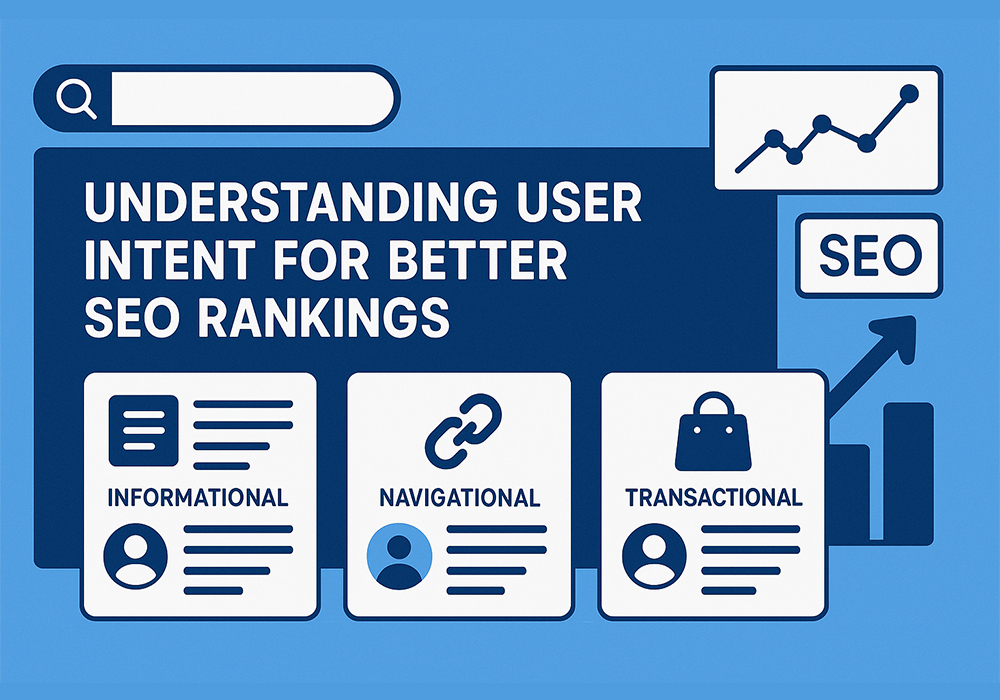Understanding User Intent: The Secret to Better SEO Rankings

In today’s competitive digital landscape, ranking on search engines is no longer just about using the right keywords — it’s about understanding why people are searching in the first place. This is where user intent becomes the secret weapon of effective SEO. Search engines reward you with greater ranks, more clicks, and improved engagement when your content reflects what users actually want.
What Is User Intent?
The purpose a person has when entering a query into a search engine is known as user intent, or search intent. Are they looking for information? Trying to make a purchase? Comparing options? Understanding this intent helps you create content that not only gets found but also satisfies the user’s needs.
There are generally three types of user intent:
- 1. Informational Intent – The user is looking for knowledge or answers.
Example: “How does SEO work?” - 2. Navigational Intent – The user wants to go to a specific website or page.
Example: “Google Search Console login” - 3. Transactional Intent – The user is ready to take action, like making a purchase or signing up.
Example: “Buy SEO services in Kerala”
Why User Intent Matters for SEO
Google’s algorithms are smarter than ever. They don’t just match keywords — they try to deliver results that best match the user’s intent. If your content doesn’t align with that intent, it won’t rank, no matter how well it’s optimized.
For example, if someone searches for “best smartphones under ₹20,000,” they’re looking for comparisons and recommendations – not a product page for a single phone. Creating the right type of content for each query ensures your page not only ranks but also converts.
How to Identify User Intent
To align your SEO strategy with user intent, follow these steps:
1. Analyze the SERPs (Search Engine Results Pages):
Look at what types of pages are ranking for your target keywords. Are they blog posts, videos, product pages, or guides? The format reveals what Google believes the intent is.
2. Group Keywords by Intent:
Categorize your keywords based on whether they’re informational, navigational, or transactional. This helps in planning the right type of content.
3. Use Tools for Deeper Insights:
Platforms like Google Search Console, Ahrefs, or SEMrush can help you track what queries are bringing traffic to your pages — and whether your content satisfies the intent.
Aligning Content with User Intent
Once you understand the intent, tailor your content accordingly:
- For informational intent, focus on educational blog posts, how-tos, and guides.
- For navigational intent, ensure your brand pages and site architecture are easy to navigate.
- For transactional intent, optimize product pages, service landing pages, and CTAs for conversions.
Always structure your content to provide clear value. Use headings, visuals, and concise paragraphs to make it easier for users (and search engines) to find relevant information.
Final Thoughts
User intent is at the heart of modern SEO. It’s not just about ranking — it’s about being relevant. When your content aligns perfectly with what users are looking for, your site becomes more visible, more useful, and more profitable.
Want to build your SEO strategy around what your audience really needs? Explore our digital marketing services in Kerala and get started with an intent-driven approach today.